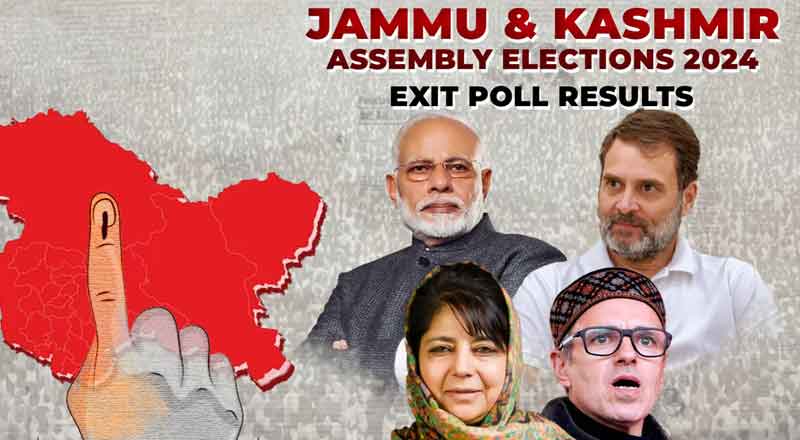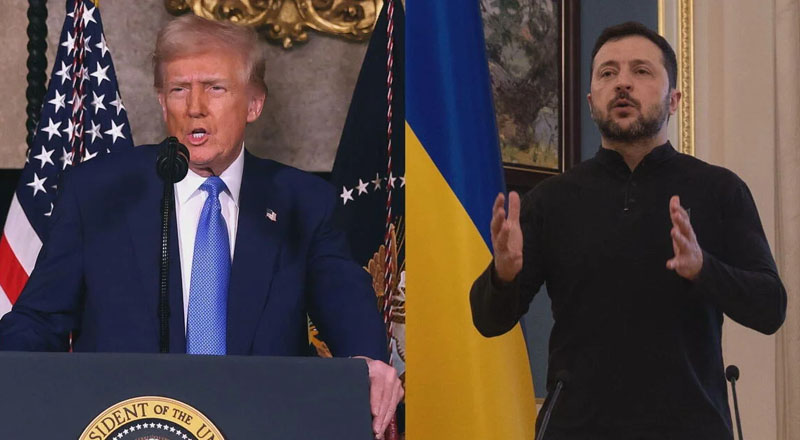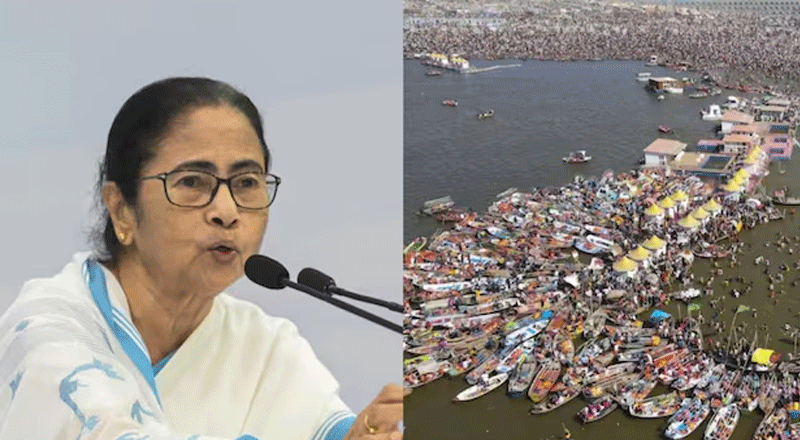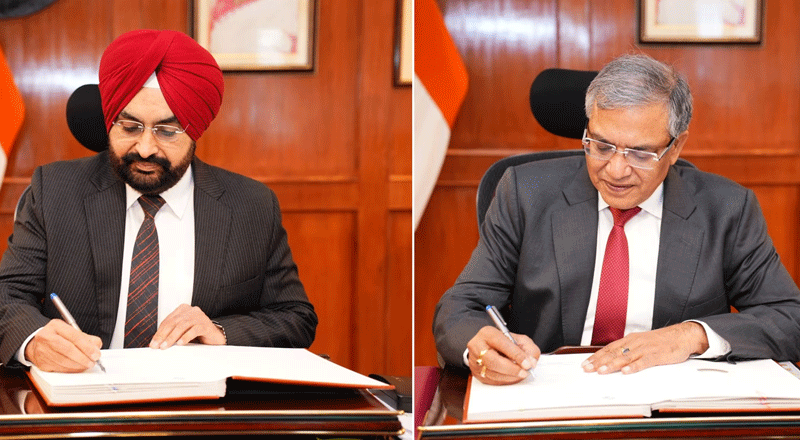As the results of the recently held Assembly elections in Haryana and Jammu and Kashmir draw closer, exit polls suggest a significant political shift in both regions. In Haryana, the Congress is projected to make a strong comeback after a decade, while Jammu and Kashmir is likely to witness a fractured mandate, with no clear majority for any party. The final results will be declared on October 8, but the exit polls offer a preview of possible outcomes that could reshape the political landscape.
Congress Likely to Win Haryana After a Decade
The Congress party is poised for a major victory in Haryana, marking a significant reversal of its fortunes after 10 years of Bharatiya Janata Party (BJP) rule in the state. According to an aggregate of seven exit polls, the Congress is expected to win 55 out of 90 seats, surpassing the majority mark of 45. The Axis My India poll predicts an even stronger result for the party, projecting 59 seats.
This resurgence of the Congress in Haryana reflects the momentum it gained during the 2024 Lok Sabha elections, where it posted a greatly improved performance. If the exit polls hold true, the Congress is on track to form the next state government, ending the BJP’s decade-long dominance.
On the other hand, the BJP is likely to face a steep decline, with exit polls suggesting it may secure only 23 seats in the Haryana Assembly. While some polls, like Jist-TIF Research, offer an optimistic estimate of 37 seats for the BJP, the consensus points to the party falling short of a majority. Smaller parties and independents, including Abhay Chautala’s Indian National Lok Dal (INLD) and the BJP’s former ally, the Jannayak Janata Party (JJP), are expected to win a handful of seats, with the INLD projected to get two seats and the JJP just one.
Interestingly, Arvind Kejriwal’s Aam Aadmi Party (AAP), which governs neighboring Delhi and Punjab, is unlikely to make a breakthrough in Haryana. Exit polls indicate that the AAP may fail to secure any seats, despite its efforts to expand its influence in the state.
Uncertainty in Jammu and Kashmir: A Hung Assembly Predicted
In Jammu and Kashmir, where the Assembly elections were held after a decade, the political scenario appears far less clear-cut. An alliance between the Congress and the National Conference (NC) is projected to emerge as the largest bloc, with exit polls indicating they could win 43 out of 90 seats. However, this falls just short of the majority mark, leaving room for a potential deadlock.
The BJP, which has historically struggled to secure a majority in Jammu and Kashmir, is projected to win 26 seats, according to exit polls. While this is a substantial number, it still leaves the party well below the threshold required to form a government on its own or even through alliances with smaller parties.
One key player in this uncertain political landscape is Mehbooba Mufti’s Peoples Democratic Party (PDP), which is expected to win seven seats. While the PDP previously formed a government in coalition with the BJP after the 2014 elections, the alliance broke down in 2018, leading to President’s rule in the region. Since then, Mufti has ruled out any future collaboration with the BJP, advocating instead for a “secular alliance” that could potentially involve the Congress and National Conference.
Mufti had even offered to stay out of the election if the Congress-NC alliance accepted the PDP’s agenda, which centers on resolving the Kashmir issue and reopening cross-border routes. However, given the deep-rooted rivalry between the NC and PDP, such a partnership remains fraught with difficulties.
The Political Implications of a Fractured Mandate in Jammu and Kashmir
The potential for a hung Assembly in Jammu and Kashmir raises several intriguing possibilities. With the BJP falling short of a majority and the PDP unwilling to partner with it, the Congress-NC alliance may need to explore new options to secure power. However, any such efforts would require overcoming the long-standing tensions between the National Conference and the PDP, both of which have historically competed for votes in the Kashmir Valley.
Additionally, the 2019 bifurcation of Jammu and Kashmir into two Union Territories—Jammu and Kashmir, and Ladakh—further complicates the political environment. While the BJP has promised to restore full statehood to the region if it wins a third term at the national level, this issue remains a contentious point in local politics. The Gupkar alliance, of which both the Congress and National Conference are part, has long advocated for the restoration of statehood, but divisions between its members may hinder their ability to form a cohesive government.
A Pivotal Moment for Both Regions
The exit polls have set the stage for a pivotal political moment in both Haryana and Jammu and Kashmir. While the Congress appears on the verge of reclaiming power in Haryana, the situation in Jammu and Kashmir remains uncertain, with no party or alliance projected to secure a clear majority. As the final results are declared on October 8, all eyes will be on these two regions, where the outcomes could have far-reaching implications for both regional and national politics.
(With inputs from agencies)





